Shopping for Children’s Clothes in Japan
From Sizing Differences to Seasonal Specialties
Shopping in Japan for all ages is great fun once you know your way around the different sizing and cultural expectations. Read on for a guide based on my experiences to help you make the best buys and get the most for your hard-earned money!
On my many trips to Japan before moving here, I was always enthralled by the varied consumer landscape. Even before I was shopping for a family, it was hard to stay within my vacation budget when faced with an abundance of options presented so appealingly. With my empty wallet and choruses of “Itsumo arigatou gozaimasu!” (thank you for your continued patronage!) echoing behind my little ones and me as we leave stores, I am confident in saying that I have done a fair amount of shopping in Japan.
While shopping in person in Japan has definitely been more enjoyable than the mostly online shopping I did in North America, finding the best clothes for kids immersed in the culture here can sometimes be challenging. There was a steep cultural learning curve with children’s wear, even from the first outfit the Ladies Clinic fitted on my newborn, not to mention what was expected for formal events, like ceremonies and recitals.
Below, I’ve rounded up a list of advice, from differences in sizing conventions to the best stores to hit up on a budget (and when you want to splurge) to essential items to weather the events and season changes here in Japan. Let’s work together to have the best-dressed kids around!
Sizing and Style Differences
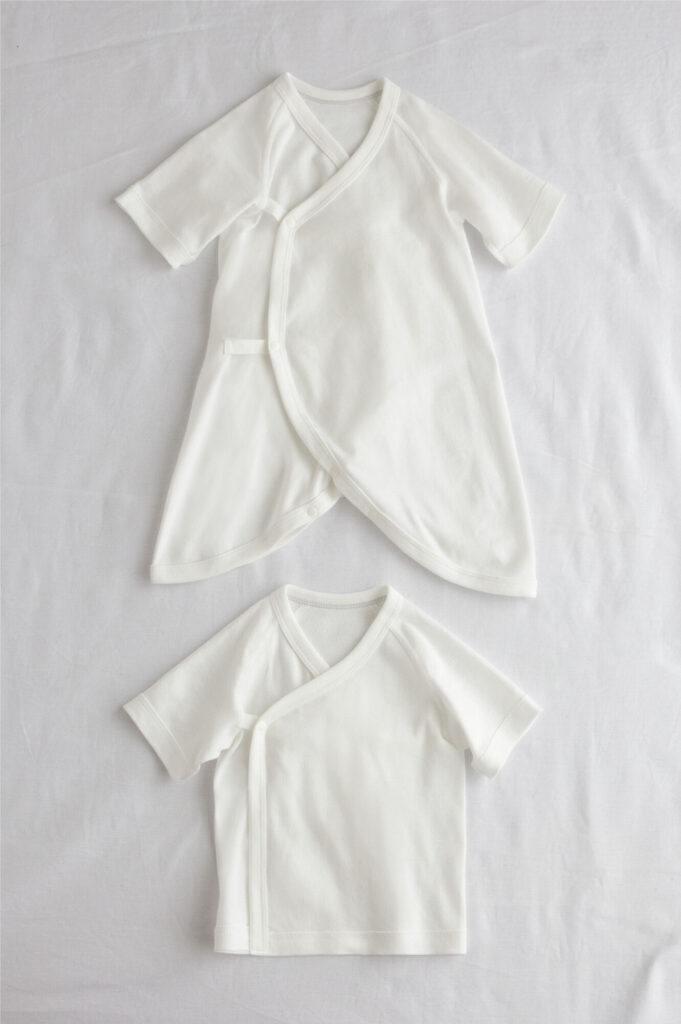 © Photo by Uniqlo
© Photo by UniqloThe sizing and styles of children’s clothes in Japan have significant differences from other places. Where I grew up in North America, the sizing for kids’ clothes usually followed their age, with 24 months for little ones around two years old, five years for five-year-olds and so on. But, in Japan, the sizing for children’s clothes is in centimeters, as it is for shoes! While this is certainly a change from what I was used to, if you know your child’s height, you can find appropriately sized apparel. I found this tricky when choosing outfits for my unborn baby’s first month—would she fit a 50 or a 60 better? Similarly, when in a rare move, stores organize their goods by age rather than centimeters, it sometimes does not work for my taller-than-Japanese-average little ones. In any case, it is essential to know the height of your kid when shopping for elementary-aged children and younger in Japan.
Style, also, is slightly different for Japanese brands’ children’s clothes compared to international brands. For babies, especially, the styles differ; for instance, there are unique styles of undergarments, like tan hadagi and conbi hadagi, meant to help with temperature regulation. These come off and on via a set of side ties or buttons (which confused me to no end postpartum!) and are often open on the bottom. Once you get the hang of it, they make for easy diaper changing in the early days. For older kids too, in general, expect more muted colors and a more loose fit with Japanese brands than with foreign ones.
Where to shop?
Nishimatsuya
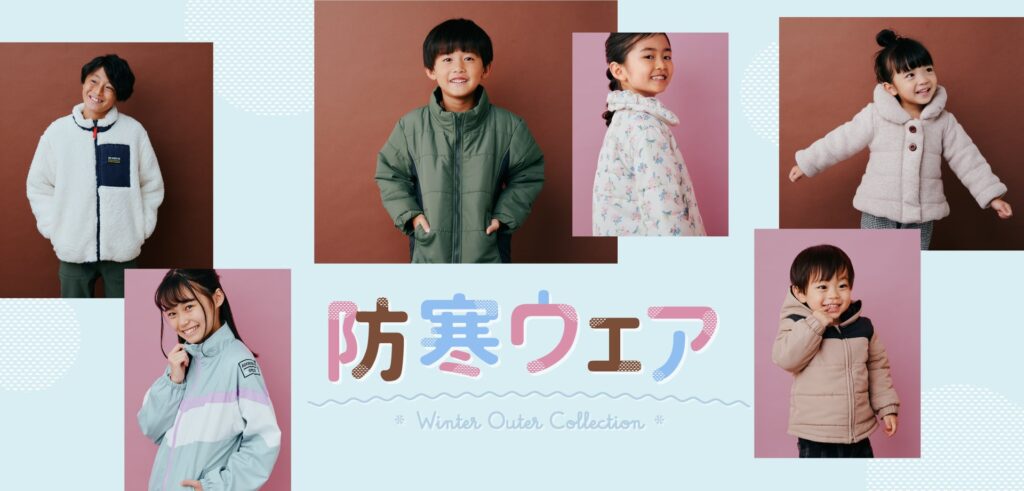 © Photo by Nishimatsuya
© Photo by NishimatsuyaParents shopping on a tight budget will be pleased to find a Nishimatsuya store located near their home. Nishimatsuya is stocked with children’s clothes ranging in sizes from newborns through elementary. The store also sells maternity wear for all stages of pregnancy, toys (think teethers to dinosaur figures and beyond) and an extensive selection of baby care items such as diapers, foods, strollers, bedding and much more at affordable prices.
Akachan Honpo
 © Photo by Akachan Honpo
© Photo by Akachan HonpoAkachan Honpo will also offer a similar array of goods as Nishimatsuya, but with an exclusive focus on babies and preschool-aged children. This store has many budget-friendly options available but you can also find high-end Japanese-branded strollers and car seats as well.
Department Stores
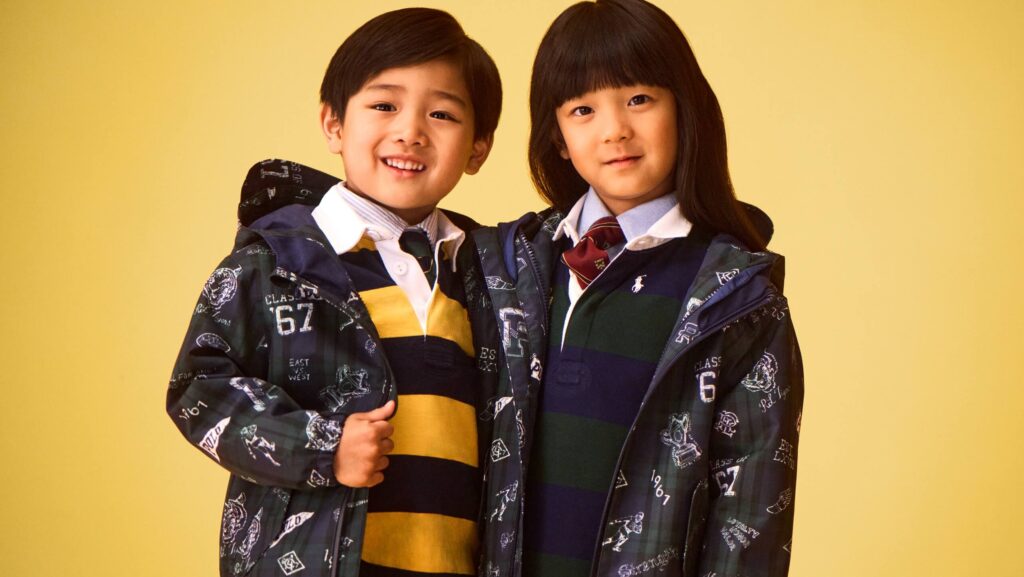 © Photo by Ralph Lauren
© Photo by Ralph LaurenIf you’re looking to browse multiple stores in a single space and are willing to shell out for luxury brands, consider checking out a department store. Many department stores have a section or, in the case of some, an entire floor devoted to kids’ goods. Here, shoppers will find a variety of Japanese brands, including Miki House and mezzo piano, as well as international ones, such as Kate Spade and Ralph Lauren. Whether you have a newborn or elementary school-aged child, department stores will have you covered, for a price. While many of the shops you’ll find here are much more expensive than previously mentioned retailers, there are sales and, if you’re lucky, you can grab something at a great bargain.
Western Brands
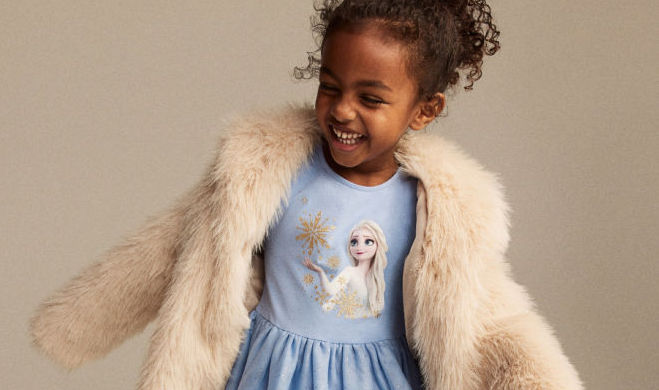 © Photo by H&M
© Photo by H&MAlthough it may seem strange to shop at the Western brand stores that dominate your home country while living in Japan, they do have some advantages you may want to consider. One thing that sets them apart from the Japanese stores you’ll find more commonly is aesthetics. While it’s not impossible to find clothes emblazoned with Marvel or Paw Patrol characters at Japanese retailers, you’re more likely to spot them at H&M, for example.
A Few Notes on Seasonal and Cultural Musts
With weather and event dressing which is specific to Japan, there are some seasonal clothing items that will be especially useful to buy for your kids. You can find these items at most of the shops above.
Formal Wear
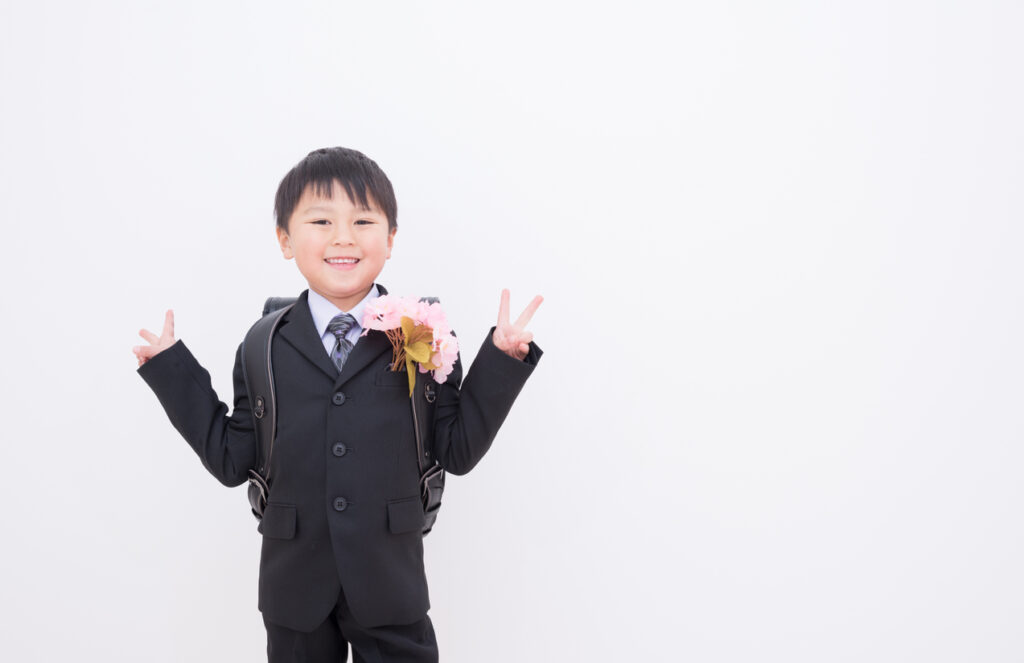 © Photo by iStock: TATSUSHI TAKADA
© Photo by iStock: TATSUSHI TAKADASpring in Japan is a season of transitions as graduations take center stage in March and entrance ceremonies fill April calendars. As a result, your little ones (and you!) will need to dress the part which means formal attire. While the degree of formality will depend on the school, you can expect a few basic expectations. First is color––darker and muted tones, especially black, navy and beige tend to dominate in the sea of school children. As for the clothes themselves, boys typically wear a pair of dress pants with a shirt and sometimes even a jacket and tie, while girls usually attend in a dress or skirt and top combo.
Rain Goods
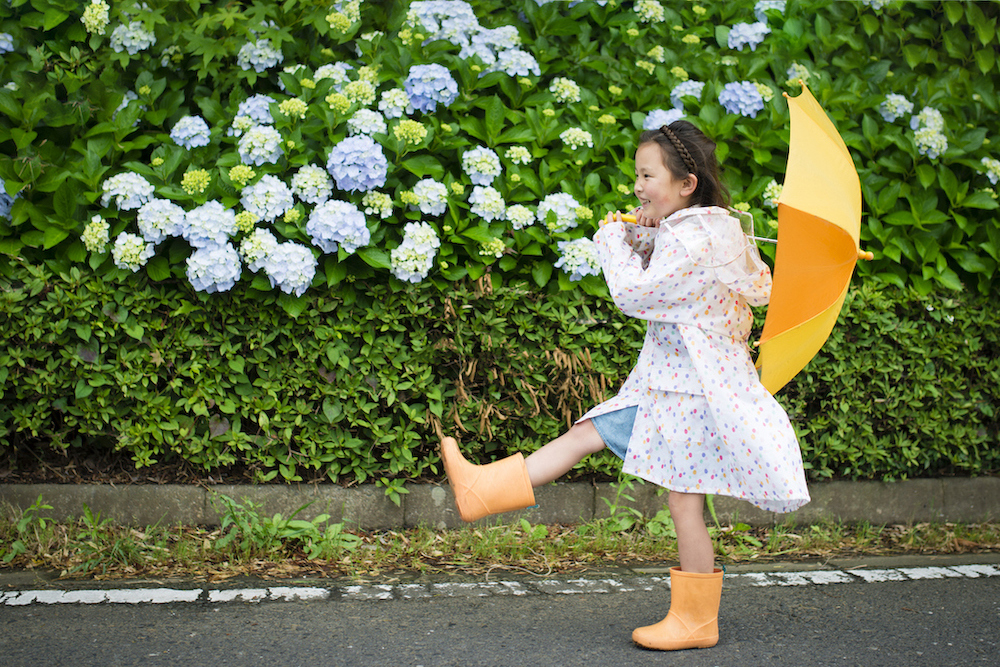 © Photo by iStock: Hakase_
© Photo by iStock: Hakase_As much as sakura symbolizes the coming of spring in Japan, June’s high humidity and unexpected downpours of the rainy season signal the start of summer. While a good pair of waterproof boots quickly comes to mind as must-haves for our tiny puddle jumpers, plenty of other necessities can help keep your little ones mostly dry. Rain ponchos are great for kids as they are often large enough to cover their backpacks whether they are randoseru (Japanese school bags) or not. Depending on the school your child attends, they may not be allowed to bring umbrellas into the school. My daughter’s preschool, for example, allowed her to carry her umbrella to the main gate, but it came back home with me. This makes the rain poncho an excellent buy!
Have you shopped for kids’ clothes in Japan? What are your favorite stores for little ones? Let us know in the comments below!












Leave a Reply